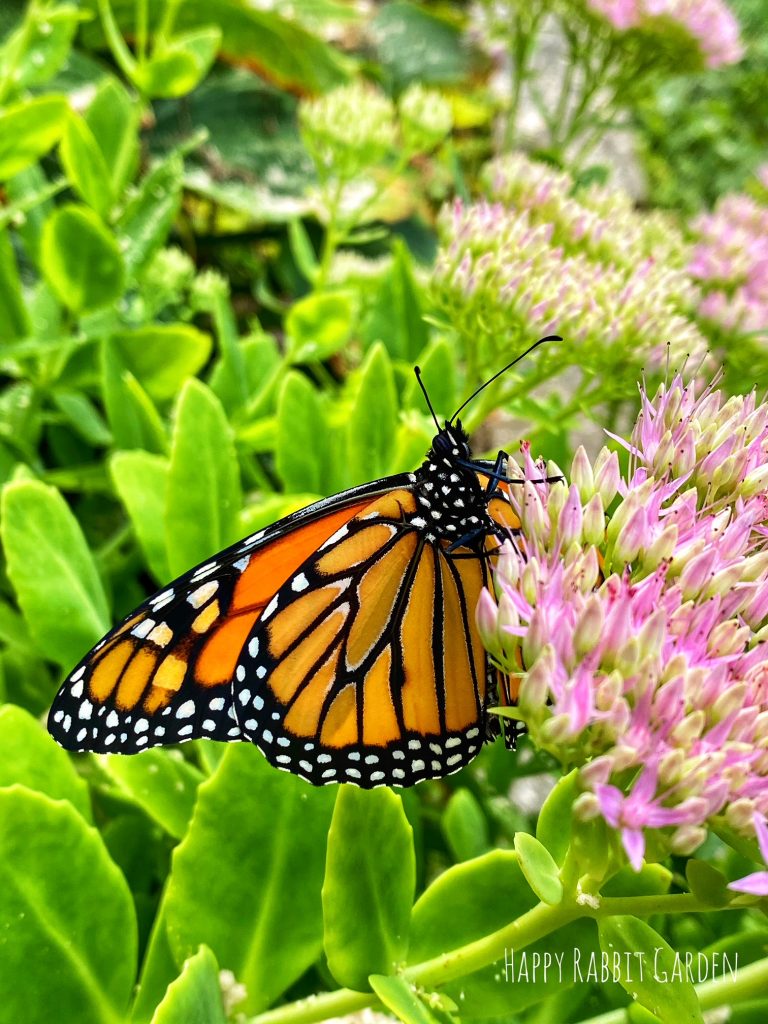So, we made it through January. It felt like the entire month was cloudy and gray, but I’m sure that’s just my winter ennui. I actually spent most of January babying my indoor plants, and acquiring more for the collection: a pineapple, some ginger, tulip and daffodil bulbs, a burgundy rubber plant, a calathea, and finally two different “living stone” plants, lithops and titanopsis calcarea. (It’s possible I may really like plants).
In a few weeks time, I’ll begin the indoor seed planting. I still need to dig through the garage to make sure all of my supplies are in place. I’m also hoping to work on building a potting bench this month to better organize everything, and to give me a nicer space to work in so I’m not dragging bags of dirt into the kitchen every time I want to repot something (a feat I have yet to accomplish without spilling at least 1/3 of the bag onto the floor- sorry, husband).
Really, though, I am most looking forward to the springtime, when the outdoor plants and trees wake up and start growing again.
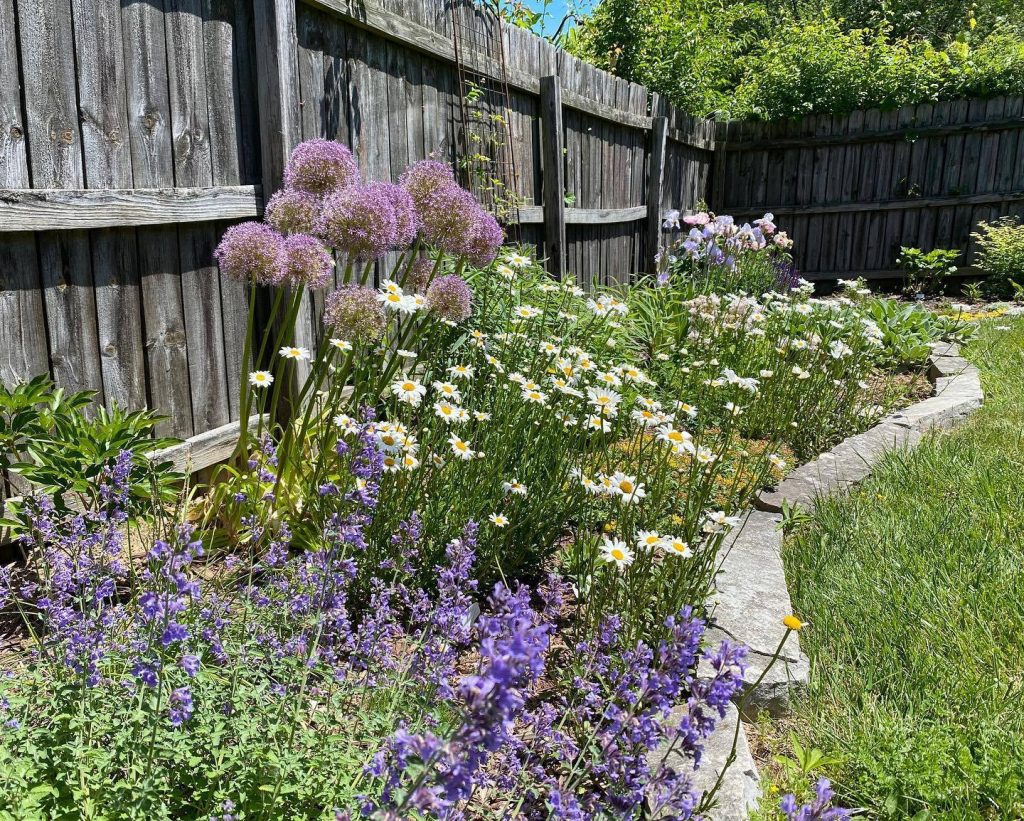
And, of course, when things start to heat up again, the pollinators return. Some of my favorites that visit our garden are monarch butterflies, which usually make their first appearance in mid-summer.
A few years ago, I had our garden certified as a Monarch Waystation, which means that our yard provides the habitat necessary for monarchs to make it through their lifecycles to continue their migration habits. Once the butterflies show up, I start checking our milkweed plants for eggs, and I collect those and move them to an outdoor enclosure to watch the eggs hatch, and the caterpillars grow, form a chrysalis, and them emerge as butterflies. They are released into the garden to grow more butterflies. The final generation in our area will begin the trek south in the fall, as they migrate to Mexico for the winter.
We all know that monarch populations are on the decline, severely. While populations shift in size each year, there were over 1.2 million monarchs around two decades ago, as compared to 29,000 in 2017. Climate change caused temperature fluctuations and droughts play a big role in this, as do pesticides, and the dwindling number of milkweed plants.
Milkweed is the host plant to monarchs, which means the species requires it for survival. Monarchs lay their eggs on milkweed, and once the caterpillars emerge, they eat the leaves and bulk up before making a chrysalis and then morphing into butterflies.
There are a lot of things I can’t fix in the world, and I certainly can’t save monarch butterflies all on my own, but I can help. And, I’d like to share some things that you can do as well.
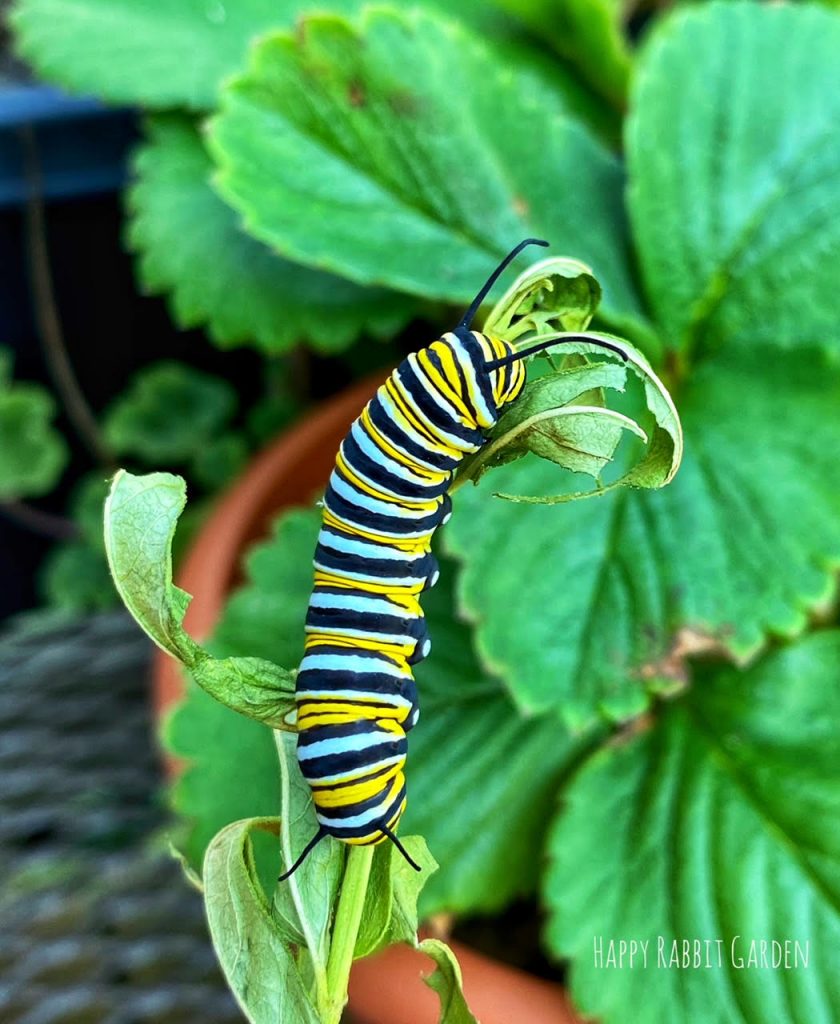
Monarch caterpillar
Monarchs do not need a ton of space to thrive, just the right setting. As I mentioned above, they need milkweed plants, which like to live in lots of sunlight. Milkweed is native throughout the US, and finding a variety that is native to your area is key to attracting butterflies. Milkweed plants are perennials, and once you get them growing, you really don’t have to do much of anything to them. They are fairly easy to grow from seed, and many local garden centers now supply the plants. You can also find them online. The flowers smell amazing when they are blooming, and they attract loads of pollinators. I’ve had success growing milkweed both in the ground, and in pots.
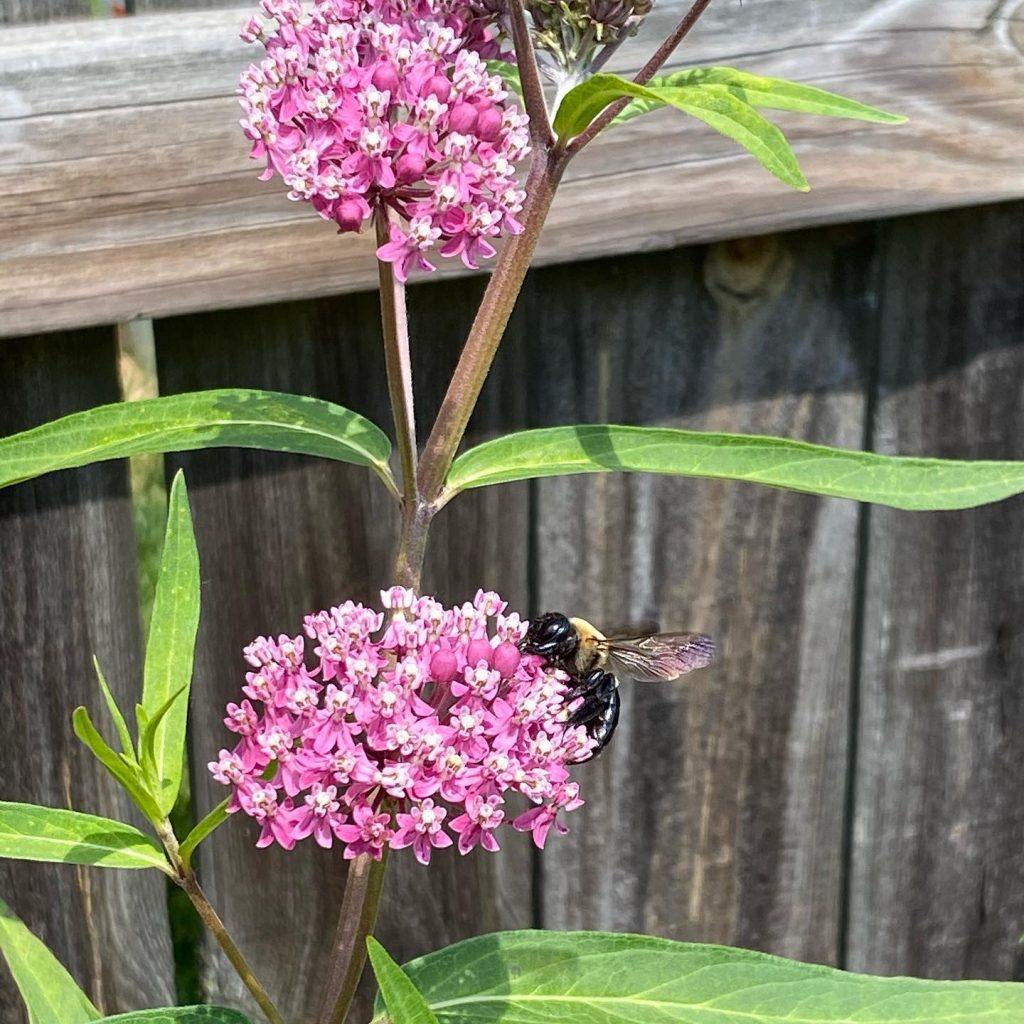
Swamp Milkweed
Astoundingly, to me, monarchs seem to operate in a Field of Dreams/”If You Build It, They Will Come” situation. I grew two swamp milkweed plants our second summer here, and the monarchs found them, and laid eggs. I don’t know how they manage to hone in on one plant in a sea of suburbia, but they show up every year on our plants now.
The next biggest thing I would recommend, is to stop using pesticides on your lawn and plants. I get it. The lush, green lawn is considered a bragging right in my family. But many of the weeds we spray (dandelions, henbit, clover) are really important food sources for the pollinators in our yards. Frankly, when you kill the plants bugs need to eat, you kill the bugs… and then the birds, who have no more bugs to eat… and then the larger mammals, who have no more birds to eat. Finally, many of our own crops and flowers need to be pollinated to produce veggies and fruit. That doesn’t happen without bugs. While one yard isn’t going to make or break the entire food chain, you will be making a huge difference to your local wildlife if you can find alternate methods to spraying chemicals all over your lawn and plants.
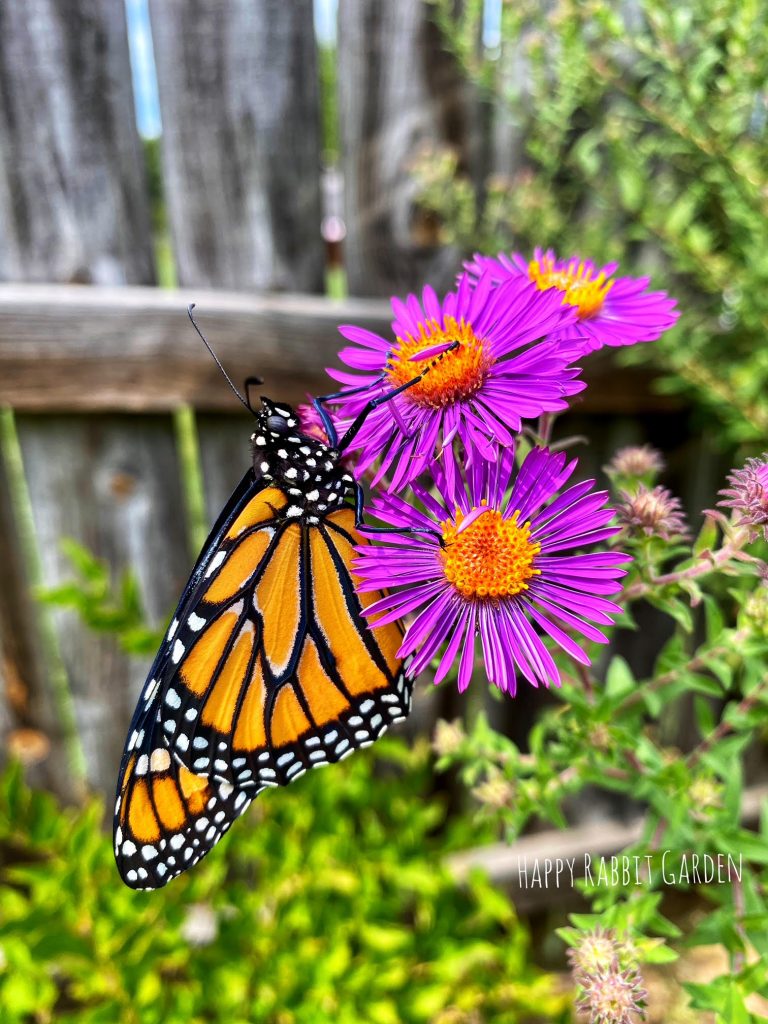
Monarch on New England Aster
Next, you’ll need to provide some flowers with nectar for the adult butterflies to eat. Where I live, monarchs are usually around from mid-summer to the fall. So, I have plenty of flowers around that bloom during that time, like aster, goldenrod, joe pye weed, blazing star, indian blanket, anise hyssop, coneflowers, cosmos, and bee balm.
Many varieties of these plants are native to my area, so they also help feed the local bees, moths, and other pollinators. Bonus.
Finally, having a little water source available will help your butterflies and other pollinators. Bugs need water just like we do. I fill the base of a small tray with some sand and rocks, and then water- just a half inch deep or so. The monarchs can have a drink and be on their merry way and the water evaporates quickly, so it doesn’t become a mosquito haven.
It may be snowing out right now, but hopefully, wherever you live, this helps you start thinking of some of the things you can do to start helping attract butterflies and other pollinators to your area in warmer months. Happy gardening!

